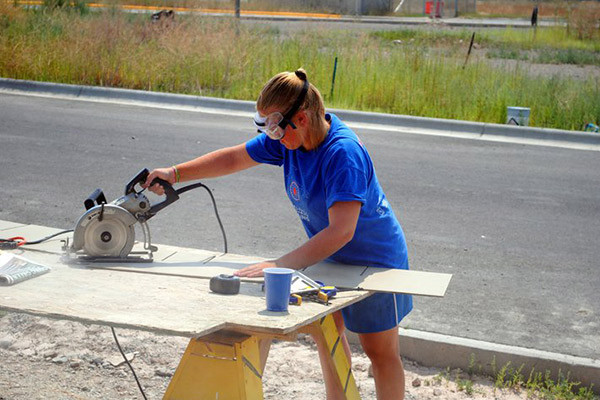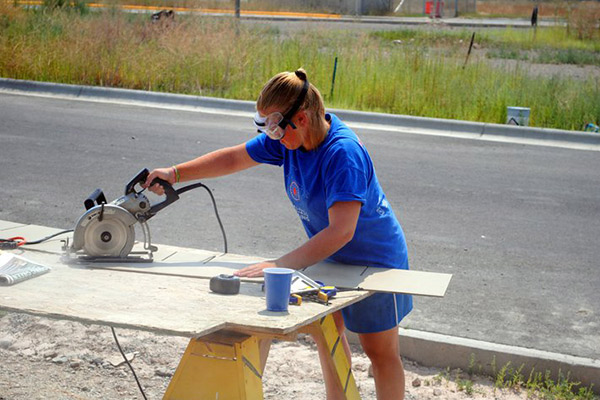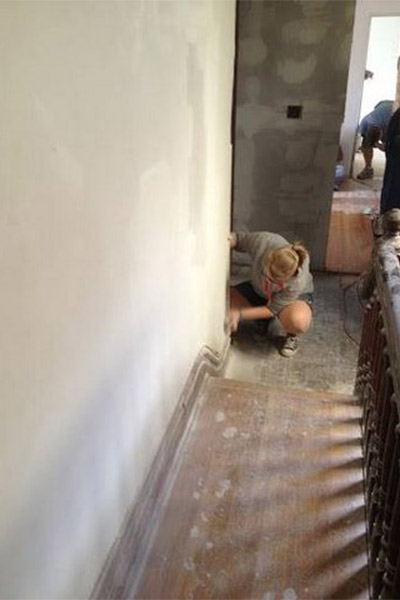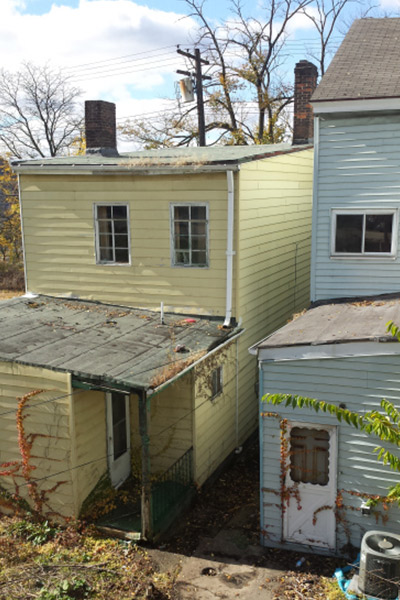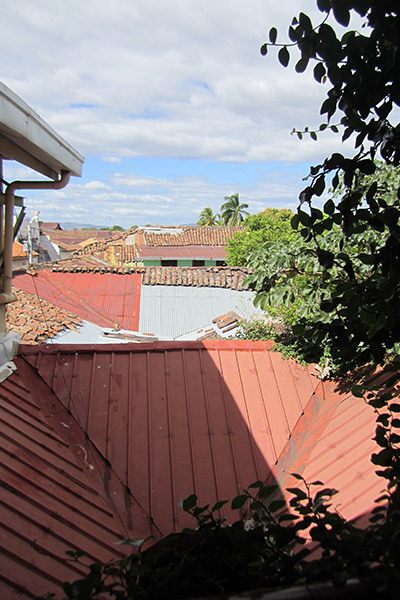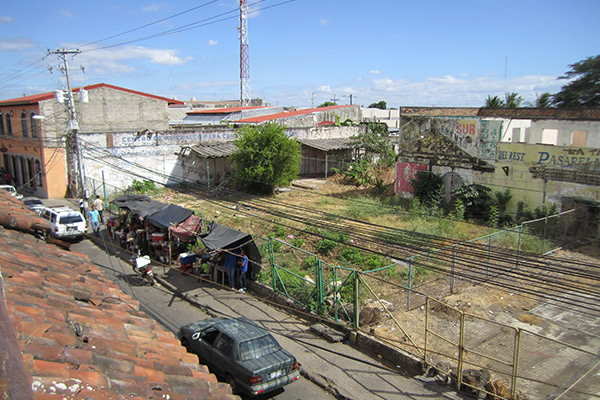If you've ever walked down a street one of Pittsburgh's older neighborhoods, you've probably seen those aging houses — the ones that are much taller than they are wide, with windows stacked on top of one another, and at the very top a roof that has seen better days.
When I first started working with The Pittsburgh Project in 2007, repairing homes for low income residents, one of my first assignments was a house like this. It looked like an afterthought — like someone had taken a house, squeezed and stretched and then wiggled it in between the adjacent homes. The house was owned by a husband and wife who had lived in Pittsburgh all of their lives. It was summertime when a group of high school students I was supervising spent a week repairing the house's various problems. We painted the wooden siding, patched concrete on the front sidewalk, and fixed a leaky access door in the roof.
One steamy afternoon, the homeowners invited our sweaty group inside their clean, air-conditioned living room. They treated us to lemonade, homemade pumpkin roll and some great stories. They spoke about growing up in Pittsburgh and the changes they had observed in the city — the steel industry leaving, old neighbors moving out, young people moving in. We also learned how they ended up with the giant hole in their roof.
The previous spring, the couple had hired a contractor to fix their leaky roof, but he left town without completing the job. He started the project by cutting a giant hatch in the roof and then tarring over the shingles. While this stopped most of the old leaks, he had failed to seal the new hole correctly, which left the owners with a bigger problem than before he had started.
When they called the contractor to fix the roof again, there was no answer. For six months they suffered with a metal basin catching the leaking water. The winter's melting snow caused even more damage. There has to be a better way.
Bringing microcredit home
Unfortunately, this sort of story has become a familiar one. During my college summers with the Pittsburgh Project (and later while working for Habitat for Humanity), I've met countless homeowners who hired dishonest contractors and spent money on projects that left them with more problems than they started with.
While free home-repair programs like The Pittsburgh Project, Rebuilding Together Pittsburgh and Hosanna Industries are all great resources for low-income homeowners, there are many more people struggling to pay for home repairs than can be served by these non-profits. The need for affordable home repairs is only growing. With the current economic situation and aging housing stock in Pittsburgh, we need innovative solutions.
Well, what if community and non-profit organizations were able to provide very small loans to low-income homeowners? What if we tapped into concepts widely used in micro-credit projects around the world?
The Grameen Foundation in Bangladesh, started by Muhammad Yunus, funds many micro-enterprises, such as operating a cell phone stand in a rural community. With great success, Oikocredit, based in the Netherlands, uses micro-credit worldwide, supporting everything from the Divine Chocolate Cooperative in Ghana to local micro-lending groups in Bulgaria. Kiva, a non-profit that combines crowdsourcing with micro-lending, allows individuals to lend as little as $25 to small businesses and housing construction projects in Eastern Europe, Africa and Central America. Kiva recently started a new facet of its program called Kiva Zip, opening up crowdsourced lending to the U.S. small business market. Kiva Zip has started funded small businesses in the Pittsburgh area — they recently facilitated a $5,000 loan to The Wheel Mill, an indoor bicycle park hoping to increase staff and inventory.
Micro-financing in Pittsburgh could allow homeowners to hire reputable contractors with repayment terms that fit their budget. Loans from $1,000 to $15,000 could help could cover the cost of fixing a roof, repairing leaky plumbing, or replacing a deteriorating porch. With these loans, in addition to free services, limited funding would reach much further. And repaid loans would provide homeowners a way to build credit, creating more favorable loan opportunities in the future.
The Bike and Build project
Since 2010, I have been involved with an organization called Bike and Build, which helps young adults raise money for affordable housing groups through cross-country cycling trips. Last spring, through their Chris Webber Memorial Fellowship program, I received a grant to spend 10 months looking at the need for micro-credit housing loans in Pittsburgh, and to see how micro-credit housing programs function in Nicaragua. I spent four months here volunteering with housing non-profits like Rebuilding Together, Operation Better Block and The Pittsburgh project, which helped me to learn about the substantial need for better housing in the city.
In mid-January, I arrived in Nicaragua, and for the next four months I will work with a micro-finance institution here, meeting and interviewing potential borrowers, and learning the details of servicing these loans. Already, I've learned the micro-credit is even more prevalent that I originally thought, and that many people choose micro-loans because they are more secure and fair than other sources of financial aid.
In July, I'll return to Pittsburgh with the goal of integrating the practical information I have learned in Nicaragua. My hope is to then work with a non-profit in Pittsburgh to create a couple of trial housing loans. With lenders concentrating on providing borrowers fair and realistic loans — along with the tools to repay the loans on time — success is possible. Micro-finance is an exciting new resource for Pittsburgh, and I hope I can demonstrate its potential in this community.
Photographs courtesy of the author.
